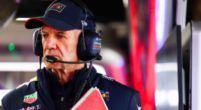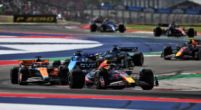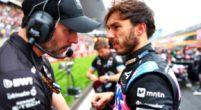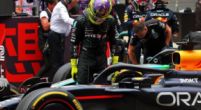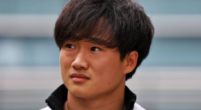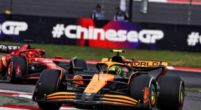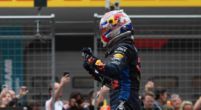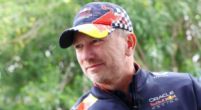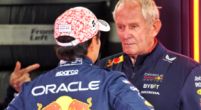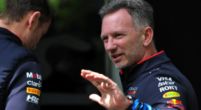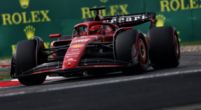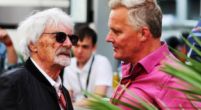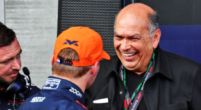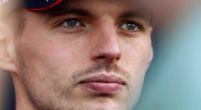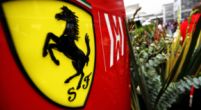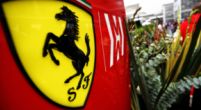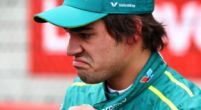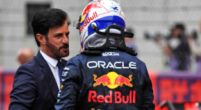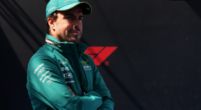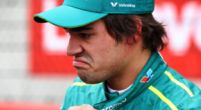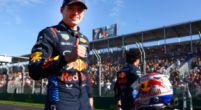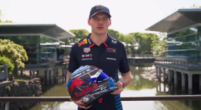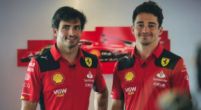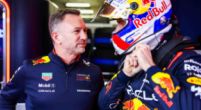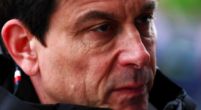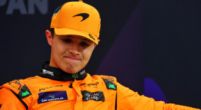General
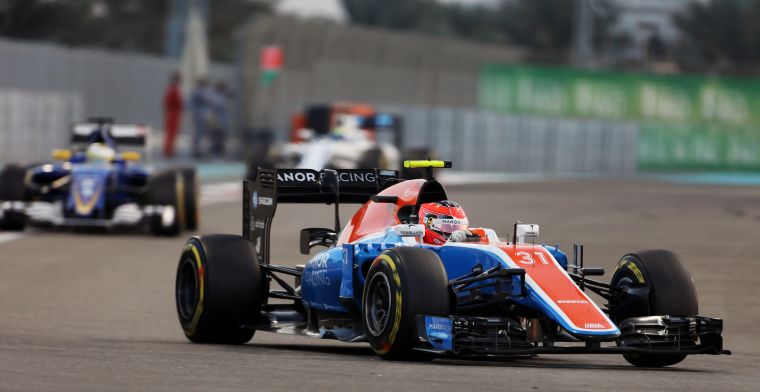
Last ten new teams in F1: Andretti project doomed to fail?
With the news that the FIA will be looking at a process for new Formula 1 teams and the announcement of Andretti and Cadillac, it is slowly starting to look like we may be adding an 11th team to the grid in the future. However, Andretti faces a huge challenge when looking at the past 10 new teams in F1.
It has been a while since we had 11 teams on the grid. The last time was in 2016, when Haas entered F1. A year later, we had to say goodbye to another team, and since then there have only been 10 constructors on the grid. Several new teams have come to F1 in recent years, but not all have been equally successful. GPblog takes a look at the last ten all-new F1 teams. Where did they go wrong and who is left?
Dit bericht op Instagram bekijken
Pacific, Simtek and Forti
In 1994, two new teams entered F1, Pacific and Simtek. Both teams unfortunately managed to last only two seasons. Pacific was set up by Keith Wiggins in 1984. The team competed in several racing classes and was also successful, giving Wiggins the ambition to enter F1. However, Pacific was an incredibly small company with less than 20 employees, so the team used a two-year-old Reynard chassis. The 1994 season proved to be a disastrous year for Pacific, as the drivers did not manage to finish a single race. A fresh start was made in 1995, but mounting financial problems eventually prevented the team from competing in 1996.
Simtek was slightly more successful with ninth place as its best result, but like Pacific, the team had to leave F1 after two seasons due to financial problems. Simtek had a dramatic start, however, as hired Roland Ratzenberger was fatally injured when he crashed at high speed during the 1994 San Marino Grand Prix, the same weekend in which Ayrton Senna lost his life.
The team managed to develop a more effective car for the 1995 season, but budget problems meant Simtek could only participate in five more races. Jos Verstappen was one of the two drivers still allowed to take a seat in the team's car during the remaining races.
Forti came to Formula 1 in 1995, but the Italian team also had to say goodbye after just two seasons. You guessed it: the team was plagued by financial problems. It did not manage to finish in the points a single time. The drivers even failed to meet the 107% rule several times.
Super Aguri and Toyota
Super Aguri featured in Formula 1 from 2006 to 2008. The team was set up by former F1 driver Aguri Suzuki. He hired Takuma Sato as his driver, the man who was thrown out of Honda's factory team in late 2005. The team drove four-year-old Arrows chassis, paired with Honda engines. In 2007, Super Aguri also switched to the Honda chassis, which proved to be a good choice. Sato managed to score points twice during the season, finishing sixth and eighth. However, Honda's F1 enthusiasm did not last long. After four races in 2008, Super Aguri ceased to exist. At the end of the season, Honda's factory team also followed suit.
Toyota still lasted in the sport for quite a long time. In 2002, the team entered F1 for the first time. Toyota was not unsuccessful with several pole positions and podium finishes, but there was still a lot of criticism about its lack of success. The racing stable never managed to win a Grand Prix, despite the huge budget available. In 2009, Toyota announced its immediate exit from the sport due to the global economic crisis.
HRT and Lotus
In 2010, three new teams were admitted to Formula 1: HRT, Lotus and Virgin. They started at a huge disadvantage, as F1 promised a budget cap to level the playing field. However, those rules did not materialise. HRT was the first team to break down. During the first race in Bahrain, drivers Bruno Senna and Karun Chandhok had to watch as the team was still working until the last minute to complete the new car. Many stoppages followed during the season and after three years, the team had not secured a single point. The owners wanted to sell HRT at the end of 2012, but ultimately no interested parties were found and that meant the end of the team. Daniel Ricciardo also spent half a season in action for HRT.
After HRT, Lotus was the second team to leave the sport (not to be confused with Renault's Lotus team). Founder Tony Fernandes acquired rights to the name Team Lotus, Colin Chapman's former winning F1 team. The team went on to field Jarno Trulli and Heikki Kovalainen. Three seasons in a row, the team managed to finish tenth in the Constructors' Championship, allowing Lotus to receive the important prize money. In 2012, the team was renamed Caterham, but when the team failed to finish in the top ten in the next two seasons, financial problems surfaced. In 2015, Caterham was no longer on the grid.
Virgin/Marussia/Manor
The Virgin team came to F1 with drivers Timo Glock and Lucas di Grassi. However, the car had major problems, as it could not hold enough fuel to run an entire race at full speed. From 2012, the team was renamed Marussia. In the stable's fifth season, points were finally scored with Jules Bianchi finishing ninth in Monaco. Unfortunately, like Simtek, Marussia suffered a tragic accident with Bianchi's crash at the 2014 Japanese Grand Prix. After the accident, the team did not appear on the grid for the rest of the year. For the 2015 season, Marussia was rescued by Manor. In its final season in F1, Pascal Wehrlein managed to score points with a tenth-place finish, but it was not enough to beat Sauber for tenth place in the championship. As a result, Manor missed out on the important £30 million prize money and the team eventually collapsed during the winter break.
Stewart and Haas success story
Haas is the most recent new team on the grid and is also immediately one of the most successful new additions to the sport. The American team came to Formula 1 in 2016, and almost seven years later, Haas is still on the grid. Owner Gene Haas cleverly managed to take advantage of the new rules that allow teams to use certain parts from rivals. In the case of Haas, the team uses Ferrari parts.
It is a handsome achievement that Haas can still be found in F1 when looking at their predecessors. The Americans may not always have had an easy time of it, think low performance in recent seasons and difficulties with sponsors like Rich Energy and Uralkali. However, with MoneyGram, Haas seems to have found a more stable partner for the upcoming season. The team also already has a number of success stories, such as its debut in 2016 where Romain Grosjean managed to score points immediately and Kevin Magnussen's pole position in 2022.
The tenth and most successful new team in recent years is Stewart. The racing stable was founded by three-time World Champion Jackie Steward. In 2000, the team was taken over by Ford and renamed Jaguar Racing. After five seasons without impressive results, the plug was almost pulled, until Red Bull owner Dietrich Mateschitz showed interest. He bought the team and put Christian Horner in charge. The rest, of course, is history.

